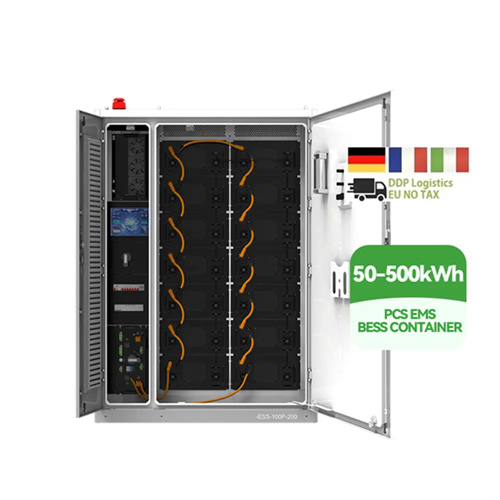About Energy storage self discharge months
Supercapacitors have a high self-discharge of up to 50% per month. Whereas Lithium-ion batteries have a self-discharge of up to 5% per month. But these values can change depending on the grade of cells.
As the photovoltaic (PV) industry continues to evolve, advancements in Energy storage self discharge months have become critical to optimizing the utilization of renewable energy sources. From innovative battery technologies to intelligent energy management systems, these solutions are transforming the way we store and distribute solar-generated electricity.
When you're looking for the latest and most efficient Energy storage self discharge months for your PV project, our website offers a comprehensive selection of cutting-edge products designed to meet your specific requirements. Whether you're a renewable energy developer, utility company, or commercial enterprise looking to reduce your carbon footprint, we have the solutions to help you harness the full potential of solar energy.
By interacting with our online customer service, you'll gain a deep understanding of the various Energy storage self discharge months featured in our extensive catalog, such as high-efficiency storage batteries and intelligent energy management systems, and how they work together to provide a stable and reliable power supply for your PV projects.
Related Contents
- Thermal energy storage charge discharge
- Calerndar degradstion self degradation energy storage
- Skyfactory 3 self expanding energy storage
- Energy self storage
- Capacitor energy storage solar
- World energy storage
- Us energy storage in us
- Hokkaido energy storage
- Lipids in energy storage
- Aquifer thermal energy storage pdf
- Hydraulic accumulator energy storage
- Grid scale energy storage uk


